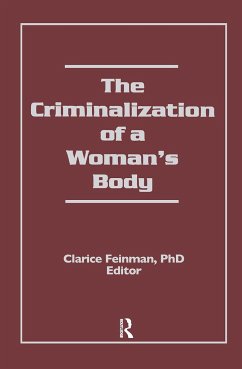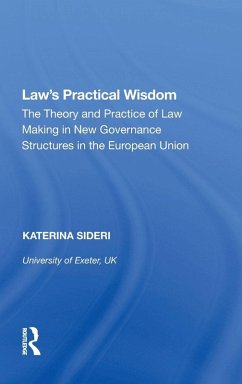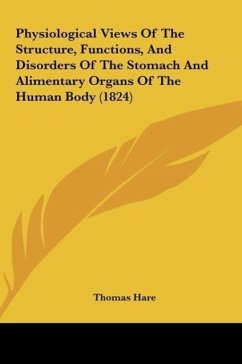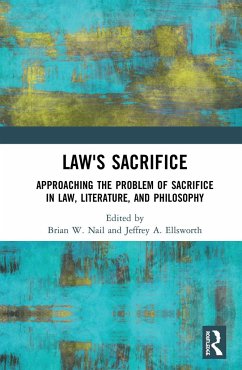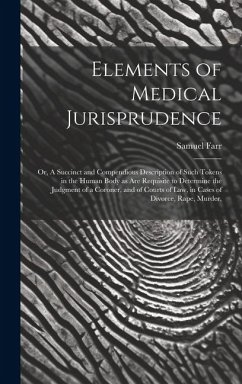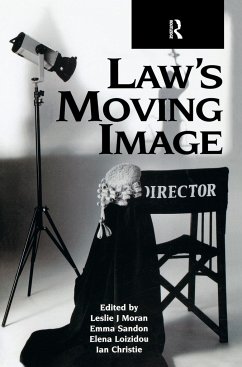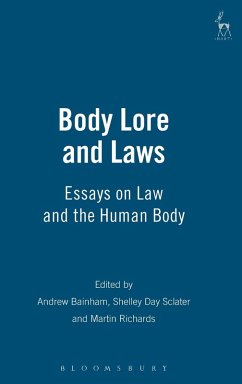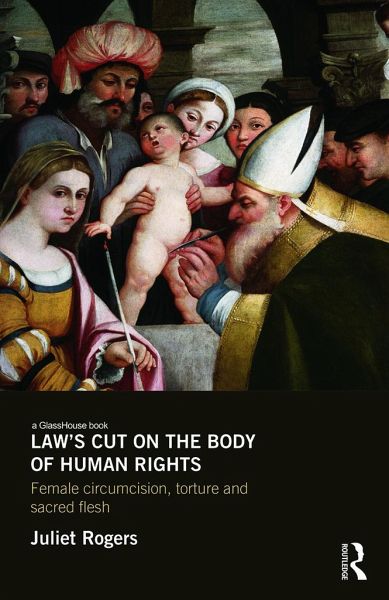
Law's Cut on the Body of Human Rights
Female Circumcision, Torture and Scared Flesh
Versandkostenfrei!
Versandfertig in 1-2 Wochen
186,99 €
inkl. MwSt.
Weitere Ausgaben:

PAYBACK Punkte
93 °P sammeln!
Scenes of violence and incisions into the flesh inform¿the demand for law. The scene of little girls being held down in practices of female circumcision has been a defining and definitive image that demands the attention of human rights, and the intervention of law. But the investment in protecting women and little girls from such a cut is not all that it seems.¿Law's Cut¿on the¿Body of Human Rights: Female Circumcision, Torture¿and¿Sacred Flesh¿considers how such images¿come to inform law¿and the investment of advocates of law in an imagination of this scene. Drawing on psychoanalyti...
Scenes of violence and incisions into the flesh inform¿the demand for law. The scene of little girls being held down in practices of female circumcision has been a defining and definitive image that demands the attention of human rights, and the intervention of law. But the investment in protecting women and little girls from such a cut is not all that it seems.¿Law's Cut¿on the¿Body of Human Rights: Female Circumcision, Torture¿and¿Sacred Flesh¿considers how such images¿come to inform law¿and the investment of advocates of law in an imagination of this scene. Drawing on psychoanalytic and¿postcolonial¿theory, and accompanying ideas in political theology, Juliet Rogers examines the language, imagery and excitement that accompanies recent¿initiatives to legislate against what is called 'female genital mutilation'. The author compliments this examination with¿a consideration of the scene of torture exposed in images from Abu Ghraib and Guantanamo Bay.¿Rogers argues that the modes of¿fascination and excitement that accompany¿scenes¿of torture and female circumcision¿betray the fantasy of äpolitical condition¿against which the subject of liberal law is imagined; this is subjectivity¿in ästate of non-mutilation, non-prohibition or, in a psychoanalytic idiom, non-castration.¿To support the fantasy of this subject,¿the mutilated subject, the authors suggests, is rendered as flesh cut from the democratic nation state, deserving of only selective human rights, or none at all.





